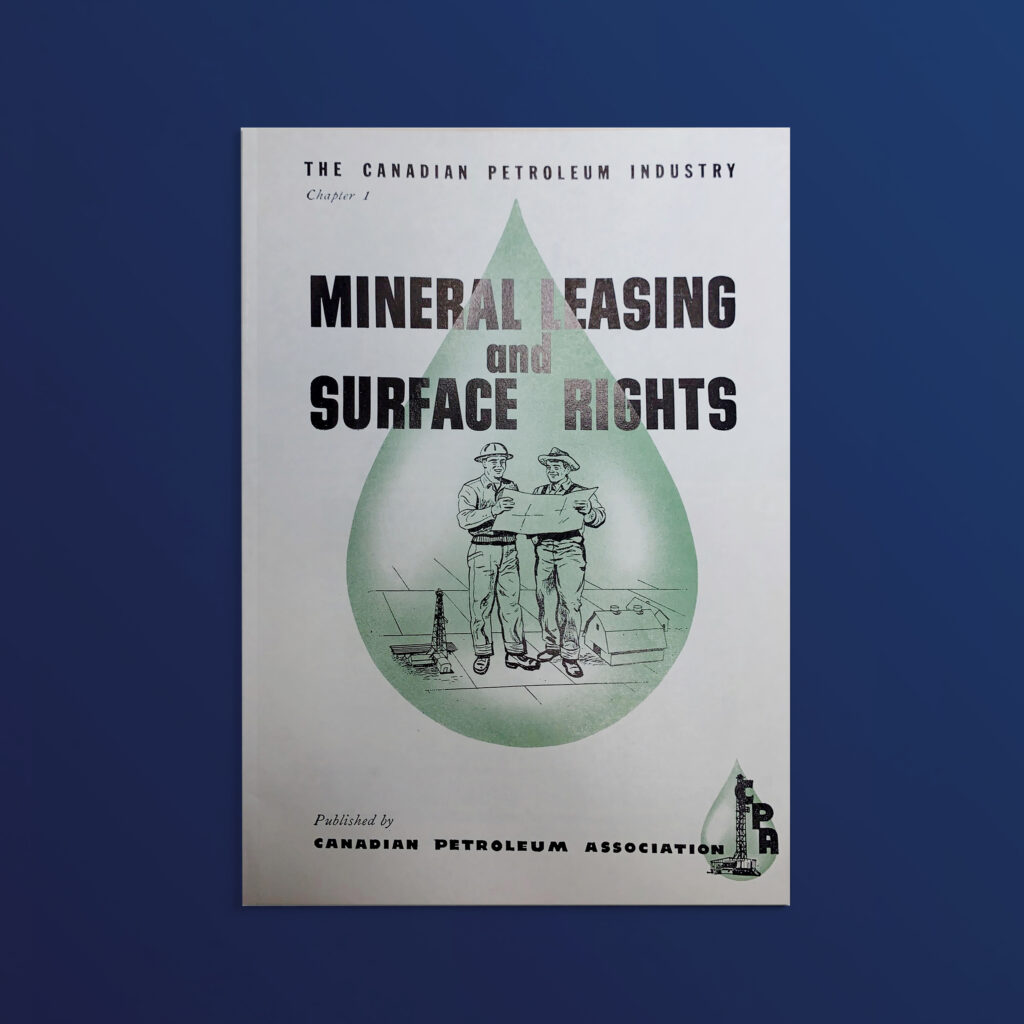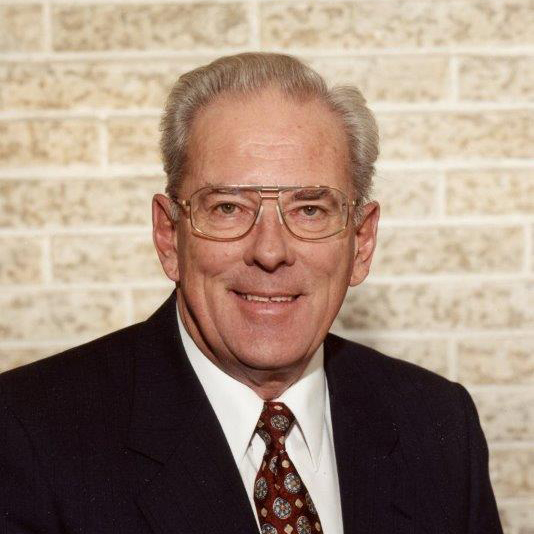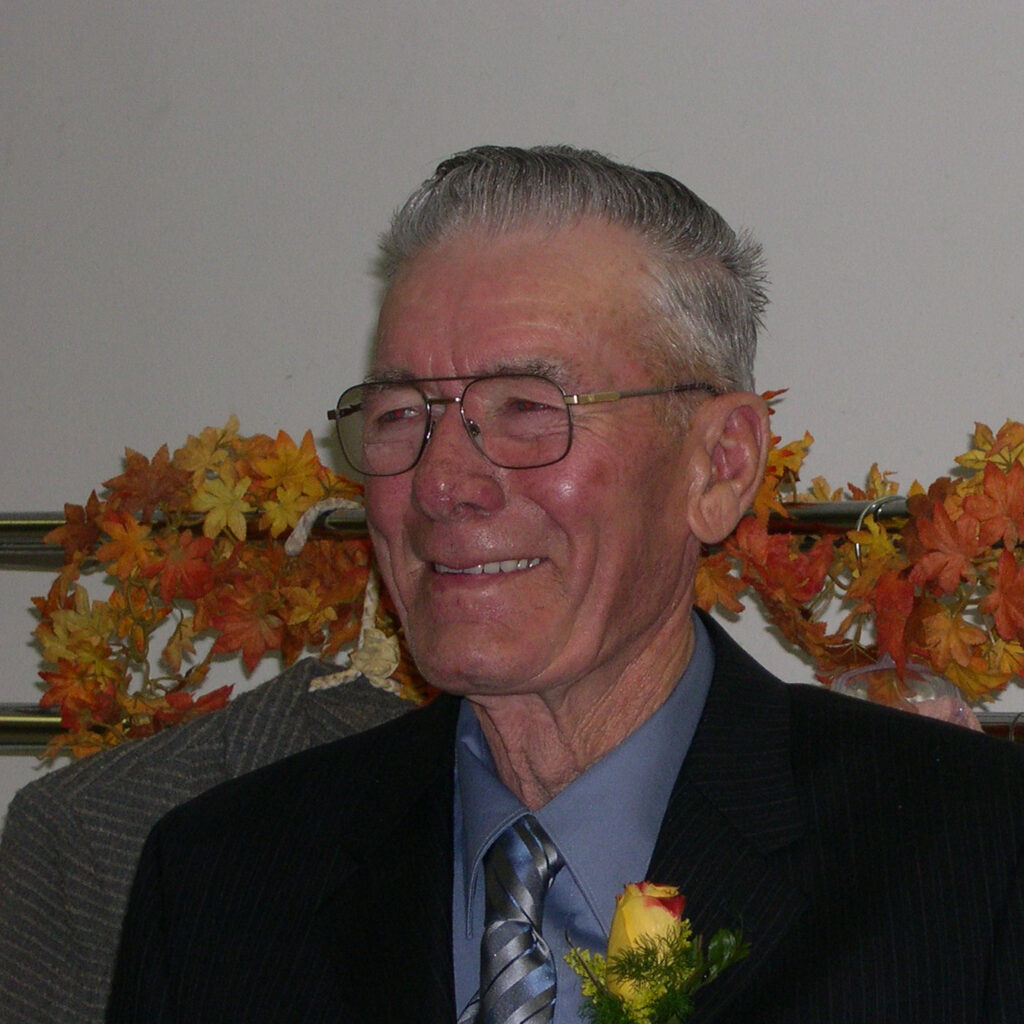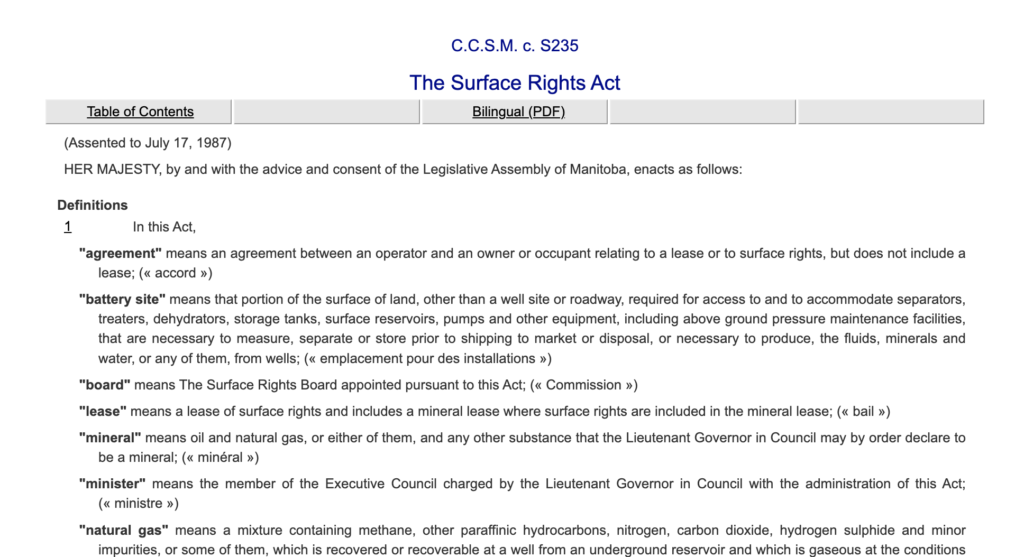Contact
PO Box 2397
Virden Manitoba
R0M 2C0
ManitobaOilMuseum@gmail.com
Manitoba Surface Rights Association
Surface rights describe who owns the top 6-inch layer of soil, the part that is lived on and farmed, while mineral rights describe who owns the mineral deposits under the top 6 inches of soil. Ownership of the land in this way was created during the settler-colonization of the prairie region that later came to be known as Manitoba, Canada. The land was surveyed and a property ownership grid was constructed to divide the land into sections. In this way people could apply through the Homestead Act to gain ownership of land in sections, which also displaced the Indigenous and Métispeople from the land, as they were not allowed to gain ownership of land in this way. Another strange thing happened at this time, the land was divided, not only into sections on the landscape (or the top of the land), but vertically. As mentioned earlier, the top 6 inches were considered surface property and the rest of the soil underneath the 6 inches was considered mineral property. So, a person could have the right to only the property on the surface, or the rights to both the surface and the underground mineral property.

Manitoba is especially interesting because, prior to 1890 the Dominion of Canada granted people, who were able to gain ownership of the land through homesteads, both the surface and mineral rights. However, after January 11, 1890, policy changed at the federal level where later homesteads were only given property rights to the surface and the federal government retained, or held back, the mineral rights. These mineral rights are also called crown minerals because they were retained by the crown and, later, handed off to each province. So, in Manitoba, about 25% of all the mineral rights in the province are held and managed by the provincial crown government. The rest of the mineral rights are held by landowners. These mineral rights are often called freeholder rights, because they are held by individuals and not by the crown. When a person who holds mineral rights (the crown or a freeholder individual) wants to extract/explore for oil the company they chose must negotiate with the surface rights owner, this is called a surface lease. This lease is basically the company renting a small section of the surface where they will drill and place the needed structures for bringing up out of the ground, storing and transporting fluids and gases. The lease explains what the company must pay to use the land, and how they must take care of it during its use, as well as how they must rehabilitate it after it is done being used to extract oil. A surface lease is also created for pipelines and flowlines which are the main transportation method for the fluids and gases that arise from the ground through extraction.
There are two important things to learn from this: First, Indigenous and Métis people were not able to access ownership of land in this way and therefore were denied access to the potential for this wealth. First Nations reserves, however small, did retain both surface and mineral rights, which comes in to play occasionally in Manitoba and is an interesting story in itself (maybe link to this story). Secondly, if you hold only the surface rights to the land, you cannot say no if the owners of the mineral rights want to access their minerals under your 6 inches of land. You can only negotiate a little bit regarding the Surface Lease created by the company. This is where we find the story of the Manitoba Surface Rights Association, in these situations.
History of MSRA


The Manitoba Surface Rights Association began in the 1970’s with a handful of people, mostly landowners from southwestern Manitoba who held surface rights to land they farmed, and who also had surface leases with oil and gas companies for oil wells drilled on their land. Two of the main people involved were Wallace Gabrielle and Bob Andrew. These people were concerned with the way the oil and gas companies made decisions and felt they had very little ability to contest, negotiate or hold companies accountable to surface lease terms. For example, if an oil and gas company (in the 1950s and 1960s) held a surface lease with a landowner but then there was an oil or saltwater spill, the company would be obligated to clean it up. However, according to many stories from that time, this was not common practice. As well, the regulator from the government of Manitoba, at that time the Department of Mines and Minerals, did not have adequate oversight. In other words, landowners were at the mercy of the oil and gas company’s whims, who often took advantage of the lack of power held by landowners.

In 1978 the MSRA formed officially and worked to get legislation written pertaining to surface rights holders. It took almost 10 years but in 1987 The Surface Rights Act was brought into being at the Manitoba Legislature. This Act also created the Surface Rights Board, which was a collection of people, appointed by the government, to help arbitrate between oil industry and landowners. They are called a quasi-judicial board because, although they are not an official court, they can make binding decisions in surface rights cases in Manitoba. For example, if a person holds the surface rights and an oil company would like to drill to access the minerals (oil) under their surface land, the surface rights holder can go to the Surface Rights Board to ask for more compensation. Or if an oil company has spilled on or around the land in the surface lease, and they are not cleaning it up, the surface rights holder can go before the Surface Rights Board and ask for more compensation, or demand the spill is cleaned. The Surface Rights Board can order a company to clean up the spill, or pay more compensation. Then it is up to the Manitoba Petroleum Branch regulators (created after the Surface Rights Act) to hold the company accountable to its agreement.
Purpose of MSRA
One of the main purposes of the MSRA today is to continue the work of the 1970s, working to inform and aid those landowners that have surface rights but not mineral rights. Their goal is threefold: to “work cooperatively with government, the oil industry, and landowners to develop economically and environmentally sustainable practices that will benefit everyone, to provide landowners/MSRA members with information on various aspects of Surface Rights issues, and to inform and lobby government regarding mineral and surface lease ownership issues” (source: http://www.manitobasurfacerights.ca/). In other words, this is a group of people from southwestern Manitoba that deal with surface rights issues on a regular basis who have gathered together to help each other negotiate oil and gas issues.
Again, one of the main issues is that, as a landowner with only surface rights you cannot say no to oil exploration beneath your 6 inches of land if the mineral rights owner wants to explore and/or extract oil. So, it is extremely important to learn how to negotiate a surface lease as best as you can. The work of the 1970s and 1980s was to create legislation to give some power to landowners to negotiate a little bit better surface lease. However, there are still ongoing struggles, many of which are based in historic relationships created by surface and mineral rights. One such struggle is related to compensation farmers receive for having a well site on their agricultural land. As the banner for the MSRA website states: “Paying agricultural rates, and leaving us the industrial wastes” (http://www.manitobasurfacerights.ca/). Time and time again, farmers and Manitoba taxpayers end up cleaning up spilled waste water and oil from extraction activities.
One story is of Carlyle Jorgensen, a landowner and farmer near Cromer, Manitoba whose efforts to bring awareness to surface rights issues gained some press coverage from the early 2000’s to 2017 when he died tragically.